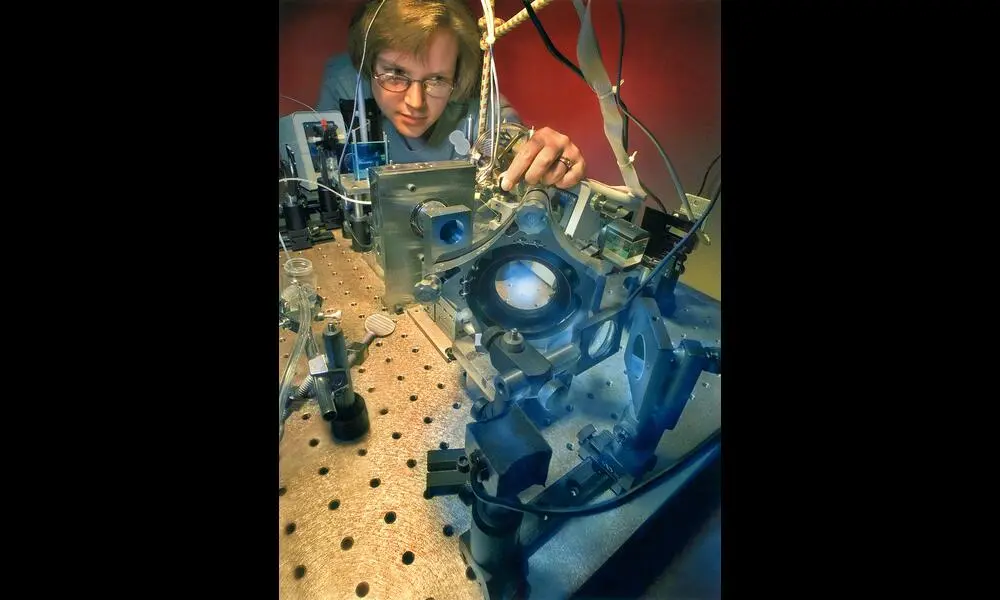Metasurfaces Create High-Efficiency Optical Traps for Stable, On-Chip Levitation of Particles
Published on Sun Jan 21 2024 520 001 001 | U.S. Department of Energy on Flickr
520 001 001 | U.S. Department of Energy on FlickrImagine being able to manipulate the tiny particles that compose our world with the precision and finesse of a chess grandmaster moving pieces across a board. Now, scientists from the University of Southampton have unlocked a new method of achieving just that, using innovative constructs known as metasurfaces. In a groundbreaking preprint paper, researchers demonstrate these on-chip optical traps have the ability to levitate particles, potentially altering the way we study physics, manipulate materials, and sense the smallest forces of our universe.
Through a savvy combination of nanoscale engineering and optics, the team created a metasurface—a thin, planar surface with the power to control light in unique ways. Unlike previous systems that struggled with inefficiency, instability, and complexity, these metasurfaces boast highly focused optical "wells" with unprecedented stability and control. They managed to levitate not just one, but two particles simultaneously for hours, an impressive feat in the domain of particle manipulation.
This innovative approach provides an upgrade over older methods that used components like spatial light modulators and helped to avoid issues related to mechanical losses, instead operating with a whopping 31% efficiency—an impressive jump from the meager 5% typical of prior approaches. Additionally, the optical traps can be tuned by simply adjusting the polarization of the incident light, which adjusts the relative intensity of the traps. This breakthrough means potential applications ranging from studying non-linear dynamics and thermodynamics to sensing applications and even studying optical binding.
The potential wells in these tiny labs-on-a-chip are bistable and can be dynamically modified. What this means is that scientists can coax these traps into different configurations – a critical characteristic for studying the complex interplay of forces on incredibly small scales. Envision a future where the granularity of force measurement becomes so refined that it can detect the faintest whispers of gravity or the subtle pull of dark energy.
These advancements are not merely academic exercises. They represent a leap toward practical use, with the potential for scaled-up arrays of these optical traps on chips. This could revolutionize the realms of quantum physics, material sciences, and biosensing technologies, offering a toolkit for investigations that once seemed confined within the realms of science fiction. The implications of this research could ripple across numerous scientific disciplines, impacting how we measure, understand, and utilize the fundamental forces that govern the microscopic world.



